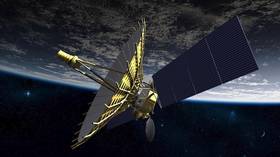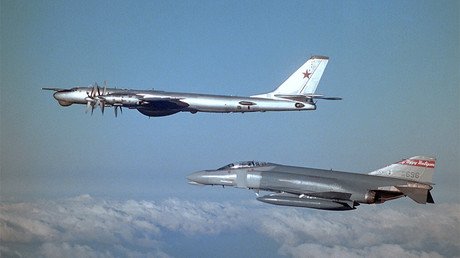Russian satellite spots baffling bursts of light above EARTH that science can’t explain

Russian scientists say one of their satellites spotted high-power “light explosions” while flying dozens of kilometers above the Earth. They say the mysterious phenomenon can’t be explained by anything known to modern physics.
Unusual space phenomena have been detected in the Earth’s atmosphere before, but a team operating the Lomonosov satellite – named after the renowned Russian scientist – say these explosions are something entirely new.
“We do not yet know their physical nature,” Mikhail Panasyuk, head of Moscow State University’s Research Institute of Nuclear Physics, told the media.
Luminous flashes like these are normally explained by weather events, but the skies underneath the satellite were clear, with no storms, lightning, or clouds in sight. “What caused the explosions is an open question,” Panasyuk said.
The Earth’s atmosphere can be lit up by UV flashes and bursts of electricity, but these are usually associated with storm clouds.
Lomonosov’s UV scope is designed to study powerful cosmic rays, including various light phenomena, gamma rays, and magnetospheric particles in the upper Earth’s atmosphere.
However, this proved to be a challenging task as the atmosphere is heavily “infested” with miscellaneous flashes, such as city lights or airport beacons, according to Panasyuk.
The story comes less than a year after astronomers discovered dozens of exceptionally rapid flashes of light which are unlike anything observed in space. The events resemble a supernova – the explosion of huge stars at the end of their lives – but are far more fleeting, visible for only a week to a month, Miika Pursiainen of the University of Southampton told RT.
Also on rt.com 72 baffling bright & fast explosions spotted in spaceOne theory behind the finding was that a star nearing the end of its life was shedding massive amounts of material before its supernova explosion, but scientists will need more data to reach a conclusion.
Think your friends would be interested? Share this story!















